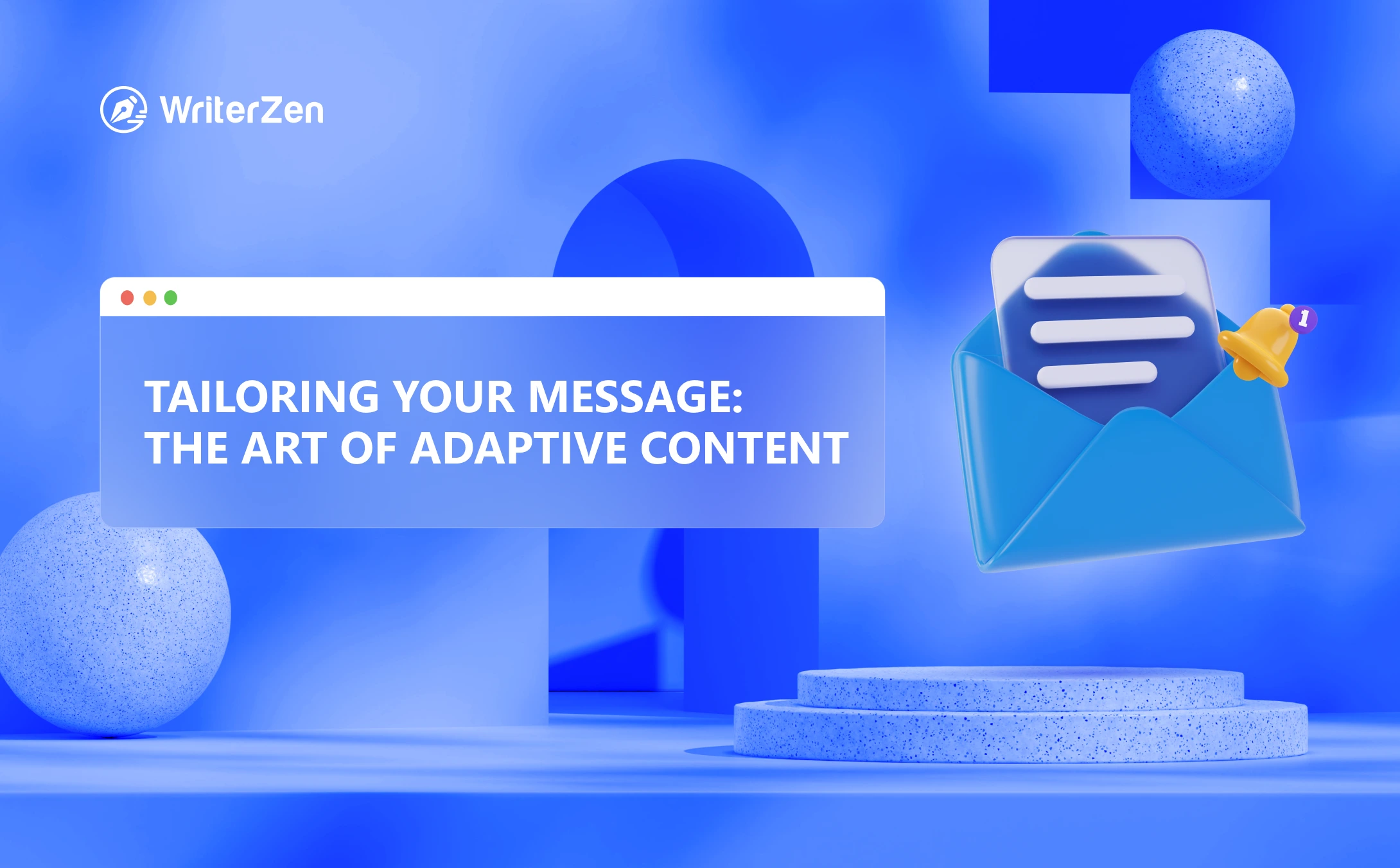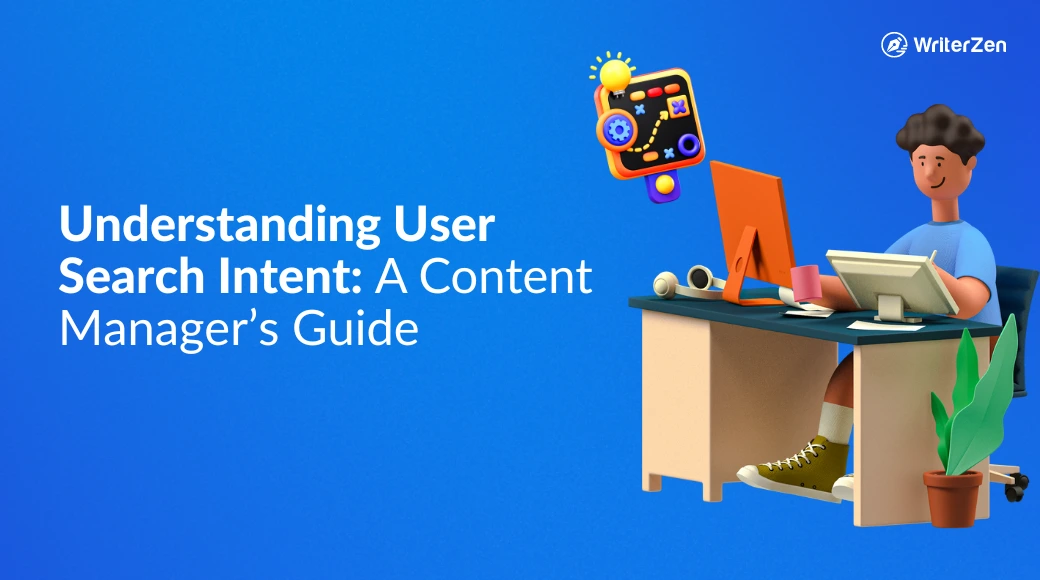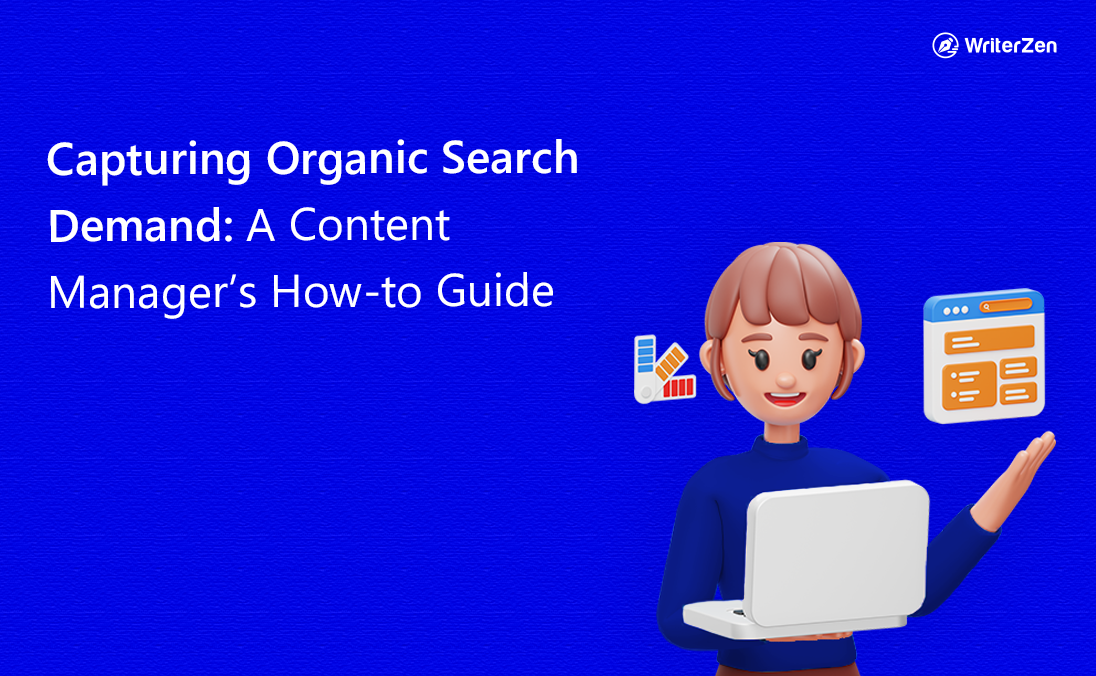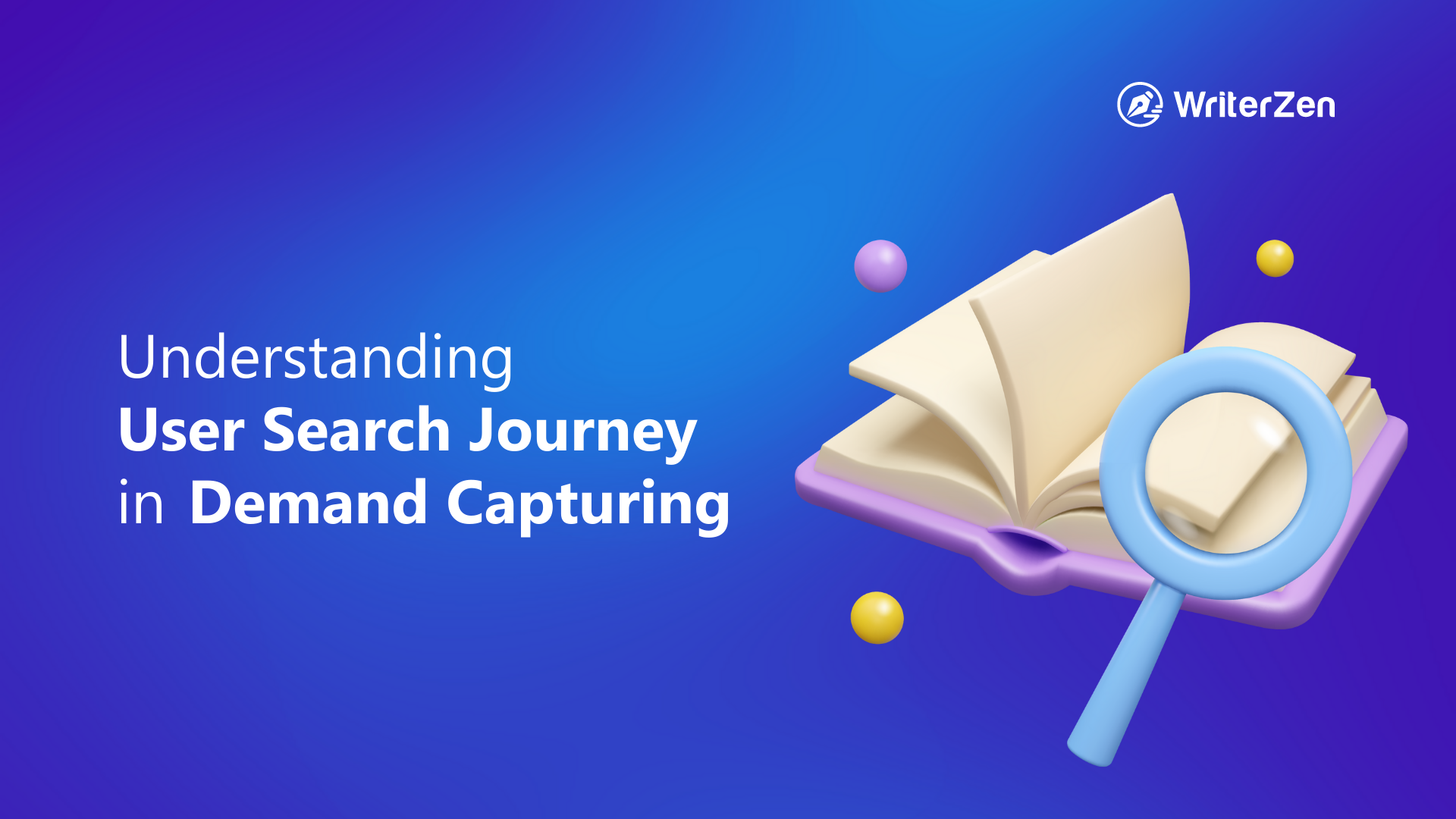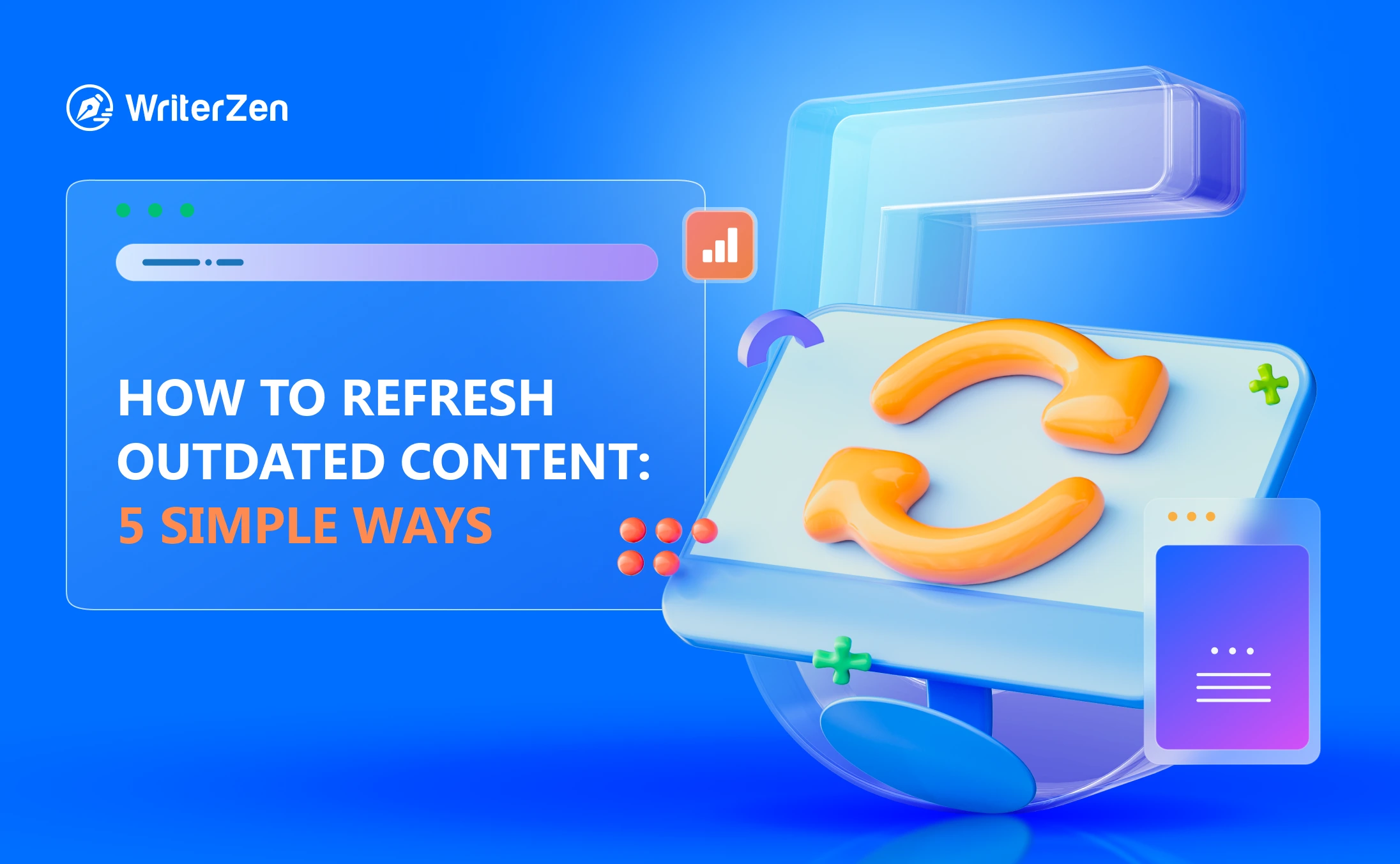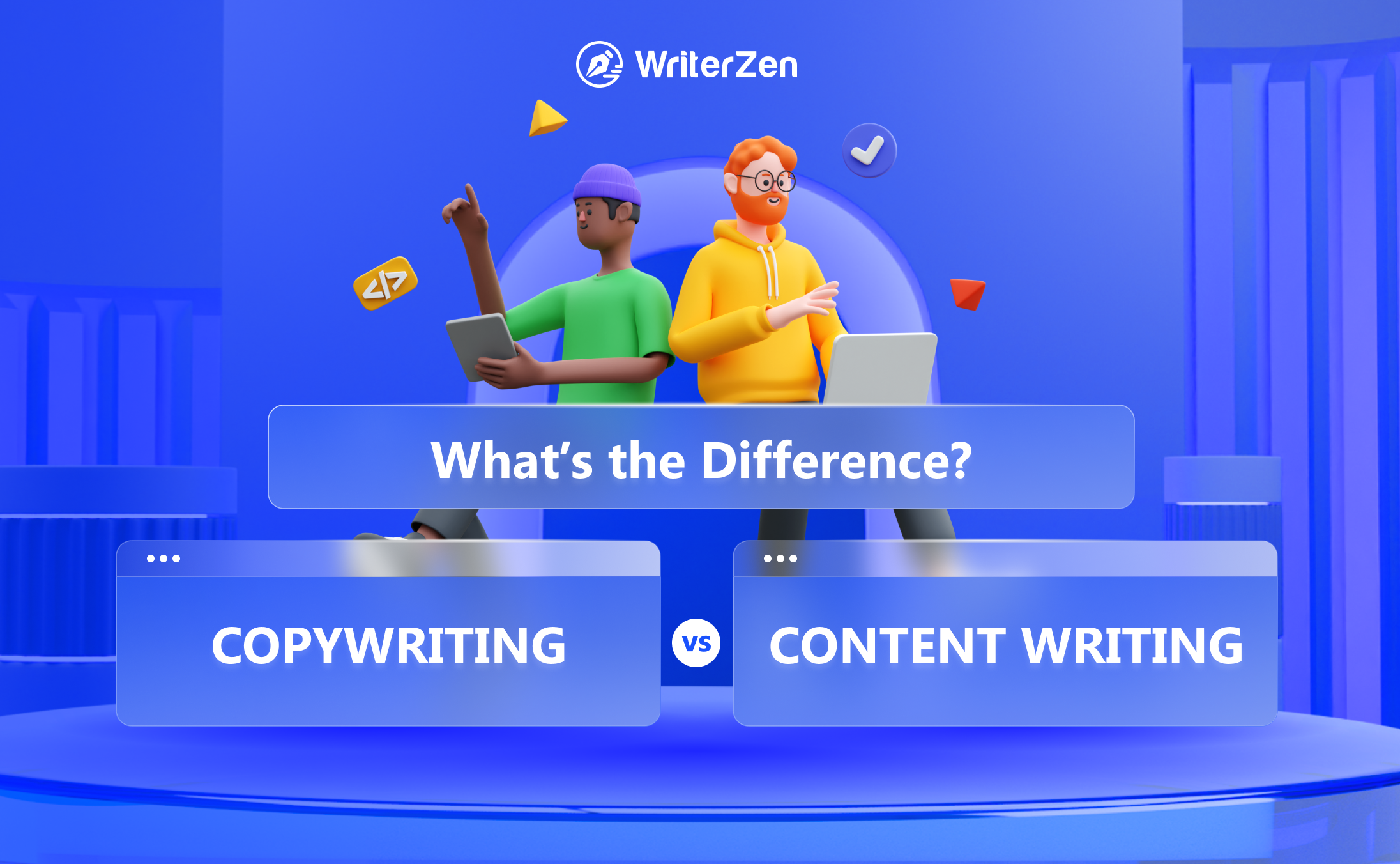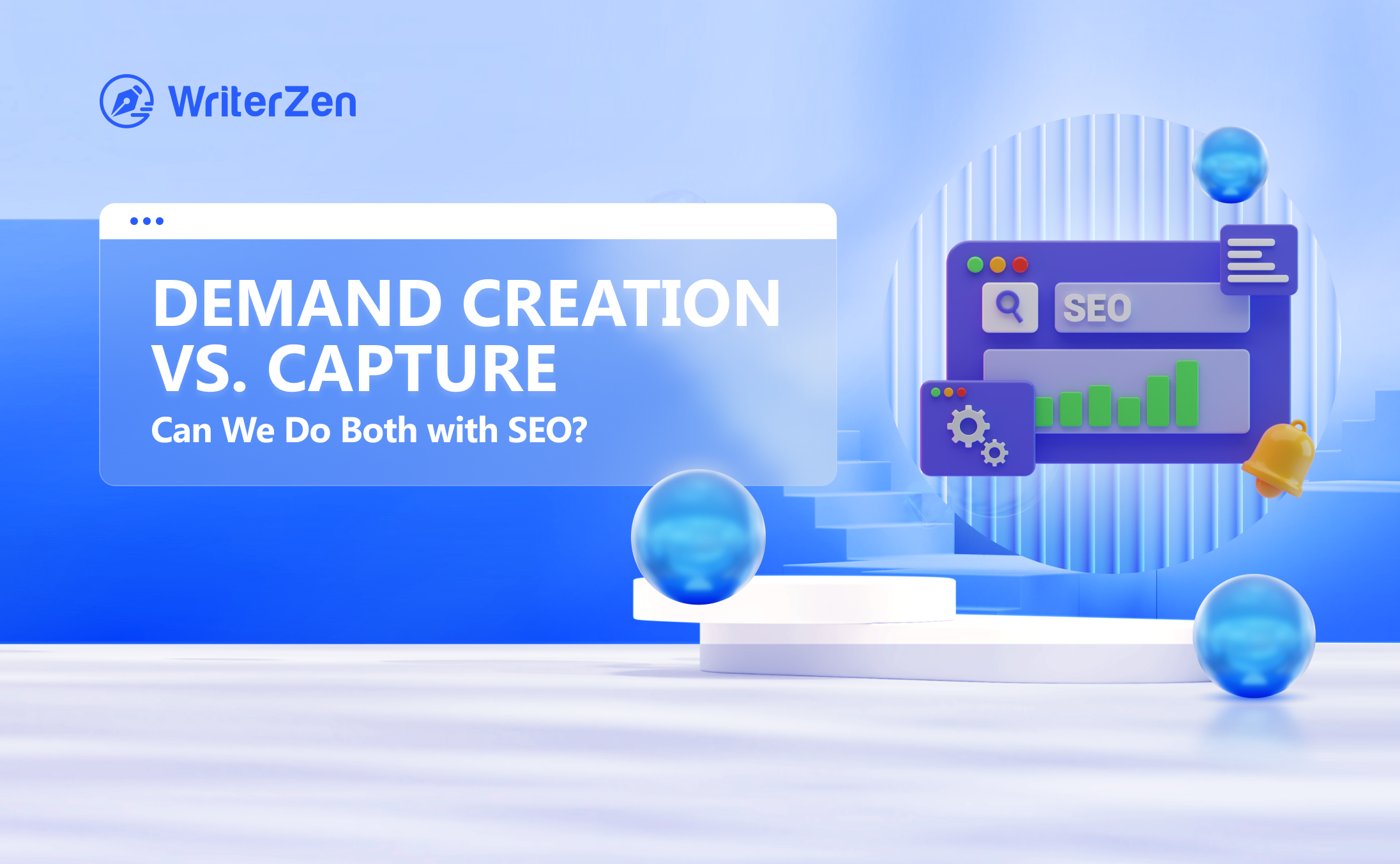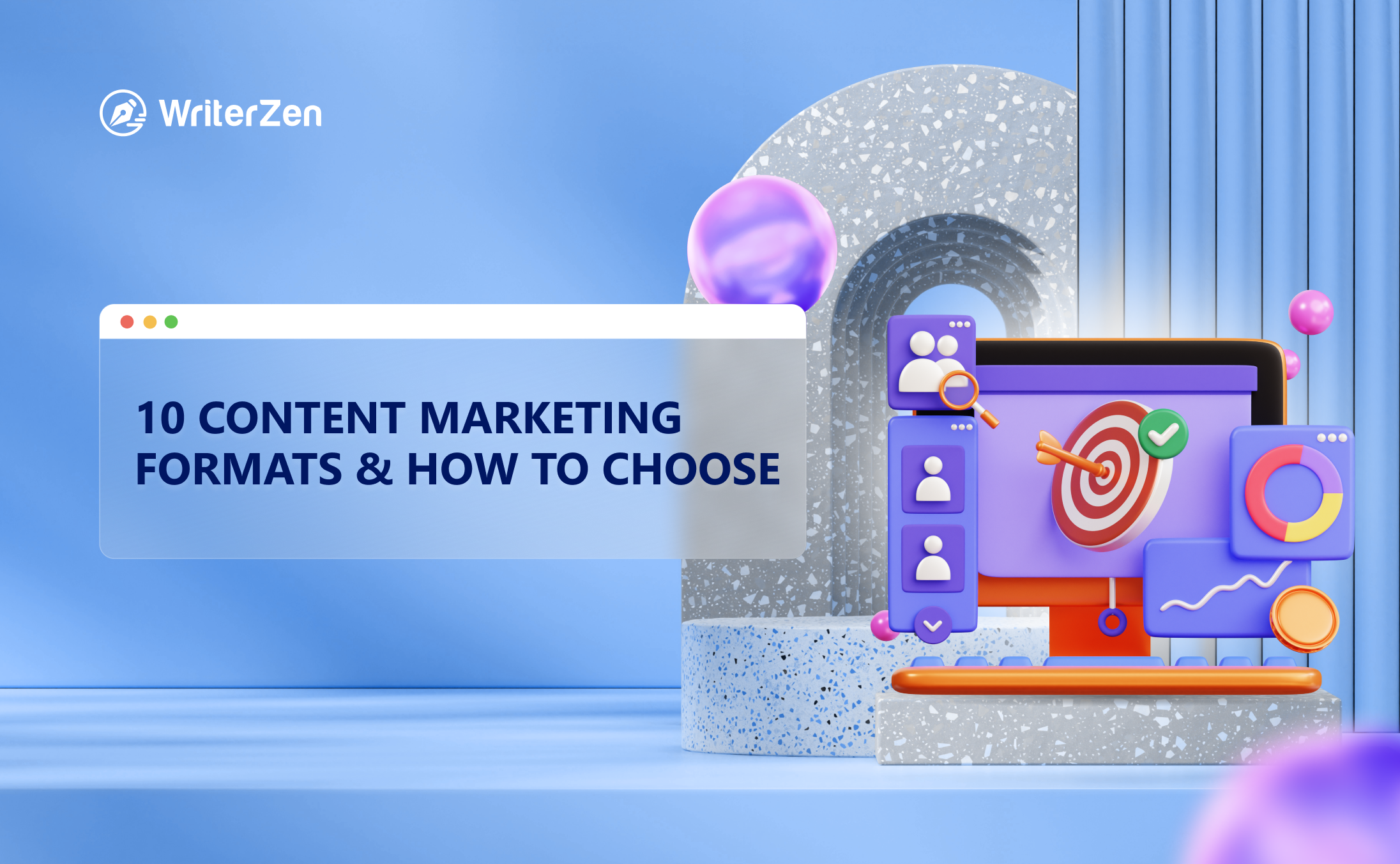In digital marketing, success lies in connecting with your audience on a deeper level. One powerful strategy that's taking the marketing landscape by storm is adaptive content.
If you're new to this term, we'll demystify adaptive content, explore its various factors, highlight its numerous benefits, and offer practical tips on leveraging its potential to boost your digital marketing efforts.
What Is Adaptive Content?
Gone are the days when one-size-fits-all content could captivate a diverse audience. With the rise of personalized experiences across various industries, consumers have come to expect tailored content that caters to their unique interests and needs. To capture this demand, businesses are shifting their focus towards adaptive content, a strategy designed to engage users on a more personal level.
In simple terms, adaptive content refers to tailoring your content to suit your target audience's preferences, behaviors, and needs. This newest buzzword is reshaping how brands connect with their audiences and is proving to be a game-changer in digital marketing.
In a digital landscape overflowing with information, it's crucial to cut through the noise and deliver content that resonates with your audience on a personal level. Understanding your audience's preferences and adapting your content accordingly can create a more engaging and meaningful user experience.
Static content is like a static image - it remains unchanged and cannot respond to the dynamic preferences of modern consumers. On the other hand, adaptive content is like a living organism, continually evolving and adapting to the ever-changing demands of the audience.
Here’s a short comparison between static and adaptive content:
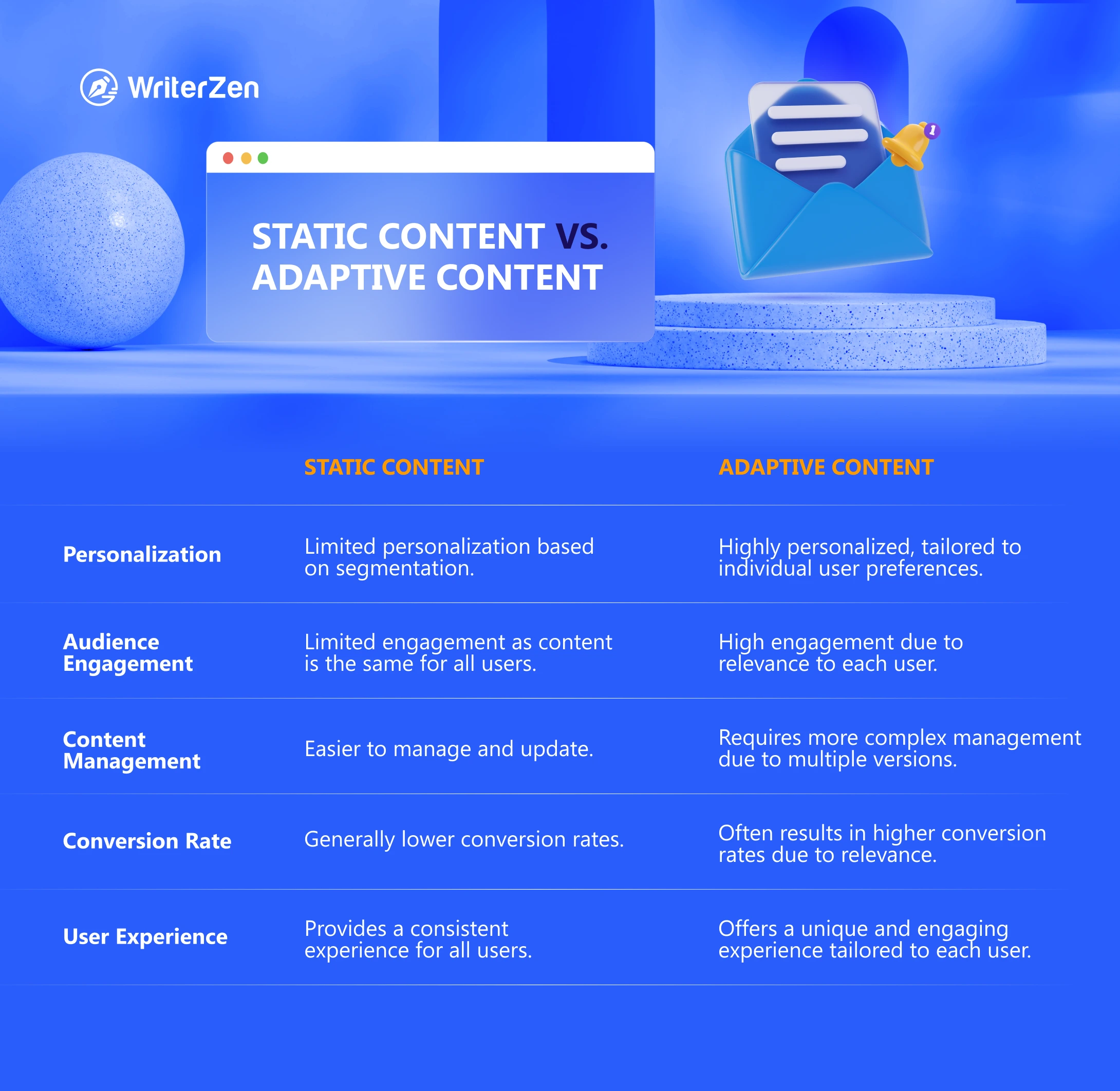
The power of adaptive content lies in its ability to connect with users meaningfully. By gathering data and insights about the audience, brands can create content variations that cater to different segments, ensuring each user receives content that aligns with them.
Factors of Adaptive Content
Adaptive content goes beyond mere appearance adjustments; it also extends to changes in substance. This dynamic approach enables marketers to tailor their content to various factors, creating a truly personalized experience for their audiences.
Let's explore some primary factors that influence this adaptive change.
Device Types
The device a user employs to access content plays a crucial role in adaptive content strategies. Different devices come with unique user interfaces and interactions. For instance, a desktop user may rely on a mouse and keyboard, while a mobile user interacts through taps and swipes.
Adaptive content ensures that each device's user interface and interaction elements are optimized, providing seamless and intuitive user experiences.
Operating Systems
Operating systems (OS) like Windows, macOS, iOS, or Android have distinct design patterns and capabilities. Adaptive content adapts to each OS, ensuring the content is visually appealing and functions smoothly across all platforms.
Screen Resolution and Size
Content must adjust to varying screen sizes and resolutions to maintain readability and aesthetics. Adaptive content ensures that the layout, font sizes, and media elements adapt to different screen sizes, whether a desktop, tablet, or smartphone.
Context
Understanding the context in which users interact with content allows for more relevant and timely delivery. Adaptive content leverages location and local time data to provide location-specific and time-sensitive information.
-
Location-based targeting: Adaptive content offers the distinct advantage of location-based targeting, tailoring information to users' geographical locations for a more personalized experience.
-
Local time relevance: Time-zone differences impact users' activities and interests. Adaptive content can cater to users in different time zones, ensuring that time-sensitive promotions or personalized information, promotions, or event details. This level of personalization creates a stronger connection with the user and enhances engagement.
Content Personalization
Personalization is at the core of adaptive content. Tailor your content to address each audience segment's unique pain points and interests. Use personalized messages, recommendations, and even product suggestions to create a sense of individual attention for your users.
Adaptive content goes beyond device and context to understand each user's unique characteristics. By considering factors such as age, gender, language, stage in life, or position in a company, content can be customized to resonate with each user on a personal level.
By analyzing user data, adaptive content can recommend products, services, or content that align with the user's preferences and behaviors. This personalized approach increases the chances of conversion and brand loyalty.
Adaptive content can also present information in the user's preferred language, ensuring effective communication and a more inclusive experience.
For example, content can be tailored for different life stages. Whether a user is a student, a young professional, a parent, or a retiree, adaptive content can cater to their specific needs, interests, and concerns.
Benefits of Adaptive Content
-
Enhanced user experience: Users feel valued and engaged when they encounter content that aligns with their interests and needs. Adaptive content provides a personalized experience that builds trust and loyalty with your audience.
-
Increased engagement and conversions: Adaptive strategies can significantly improve engagement rates and conversions by delivering relevant content. Users who find value in your content are more likely to take the desired actions.
-
Improved SEO: Search engines prioritize user experience, making adaptive content valuable for your SEO efforts. Higher engagement and longer dwell times on your site can positively impact search rankings.
-
Lower bounce rates: Irrelevant content often leads to high bounce rates, but with adaptive content, you can reduce bounce rates and encourage users to explore more of your website.
How to Implement Adaptive Content?
-
Research and data analysis: Collect data on your audience's behavior, preferences, and demographics. Utilize analytics tools to gain insights into how users interact with your content and identify patterns and trends.
-
Create audience personas: Develop detailed audience personas based on the data collected. These personas will serve as blueprints for crafting personalized content for each segment of your audience.
-
Create content variations: Using the audience personas as a guide, create content variations that resonate with each group. Tailor the language, tone, and imagery to align with the target audience's preferences.
-
A/B testing: To fine-tune your adaptive content strategy, conduct A/B tests to compare the performance of different content variations. Use the data from these tests to optimize and refine your approach continually.
-
Utilize automation: Implement automation tools to deliver adaptive content in real-time. These technologies can dynamically adjust content based on user interactions, ensuring a seamless and personalized experience.
Final Thoughts
Understanding your audience, personalizing your content, and leveraging technology can create a more impactful and rewarding user experience. Embracing adaptive content will set you apart from the competition and open the doors to success.
So, take the first step today, gather insights, create compelling variations, and watch as adaptive content transforms your digital marketing efforts, forging stronger connections with your audience and boosting your overall business success.


